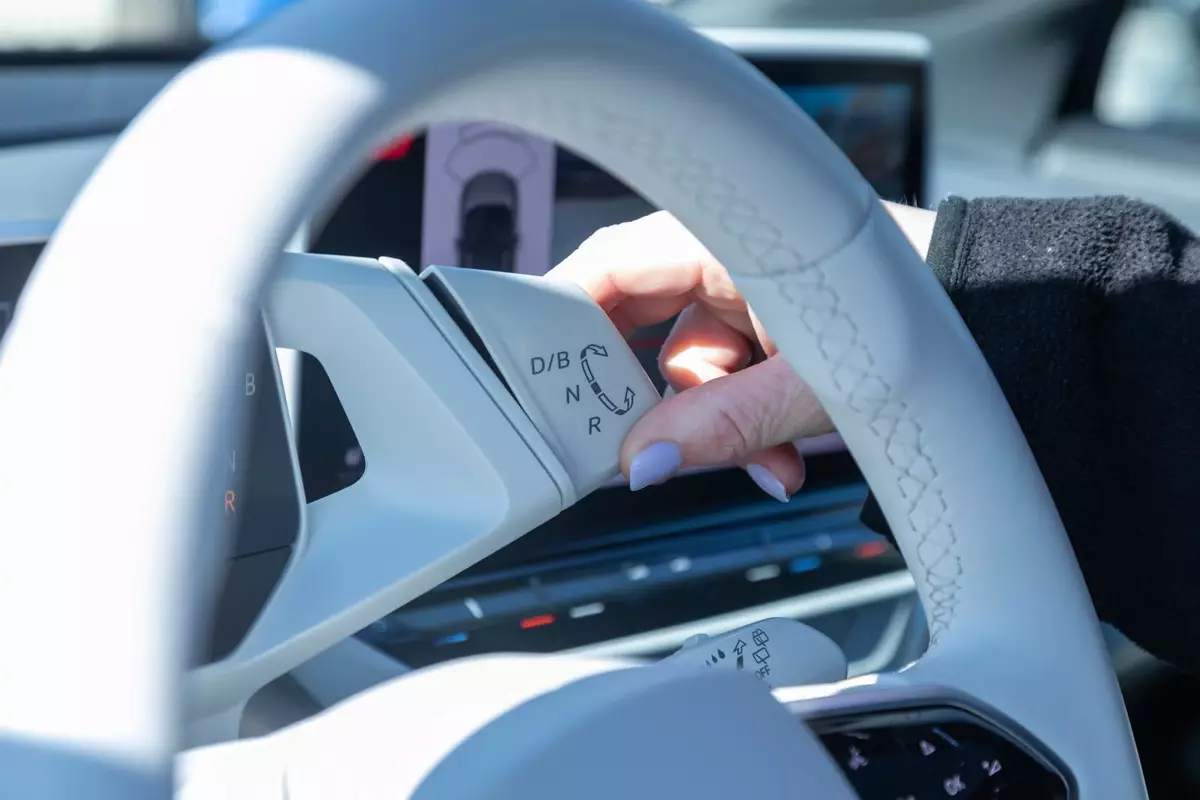Do electric vehicles have transmissions?
As a general rule, electric vehicles don’t have conventional multispeed transmissions as gas-powered cars do, with nearly all having just a single speed. (There are exceptions, which we’ll get to in a bit.) That’s largely because electric motors produce their full power as soon as they start to turn (meaning, from a dead stop) and continue producing it over a wide rev range.
That makes them well-suited to a single fixed gear ratio. Electric motors also have the advantage of not needing a gearbox to shift gears (even if they have one, the gears are electronic and not physical).
Why do some electric vehicles have a transmission?
Electrically powered vehicles that have transmissions are typically either front-wheel drive or all-wheel drive. That’s because, in order to send power to the wheels, a transmission is needed for the front or both. (It’s important to note that not all all-wheel drive vehicles have transmissions, with many of them simply sending power directly to each wheel, much like a conventional rear-wheel drive vehicle.)
What are some transmissions used in electric vehicles?
Among the front-wheel-drive EVs that use a transmission are the BMW i3, Chevy Bolt, and Nissan Leaf. The most popular transmission for all-wheel-drive vehicles is the single-speed e-CVT, which is also used in the BMW i3.
What are the benefits of using a transmission in an electric vehicle?
There are a couple of key factors that drive the decision to use transmission in an EV. The first is efficiency: transmissions can help provide more efficient power delivery by optimizing the powertrain for the driving conditions.
The second is power. Even though an electric motor can deliver the full amount of power required to the wheels at any speed, it can be advantageous to limit the power output to avoid too much torque or power at low speeds. That’s where a transmission can be helpful: it can translate the full power of the motor into the right amount of torque at the right speeds.
What are the downsides to using a transmission in an electric vehicle?
One downside to electric vehicles with transmissions is that they’re often heavier and more complex than non-transmission vehicles. That’s because transmissions themselves can be heavy and complex, and the need for an additional powertrain can also add weight.
There’s also the added complexity of having two powertrains, which can lead to additional maintenance and cost. It’s also worth noting that a transmission can’t smooth out the bumps in the way an electric motor can.
For example, many electric vehicles use regenerative braking, which captures and stores energy from the vehicle’s momentum during braking. That energy is then used to power the vehicle when it’s moving, essentially turning what would normally be wasted energy into additional power.
That’s not possible with a transmission because it doesn’t have the same ability to convert kinetic energy into electric energy.
What’s next for transmissions in electric vehicles?
Because of the increased weight and complexity of electric vehicles with transmissions, there’s a lot of focus on eliminating them. For example, the prototype of BMW’s iNext all-electric SUV doesn’t have a transmission. So, like EVs, the transmissions used in electric vehicles are likely to change quickly over the next few years as automakers experiment with new technologies.

